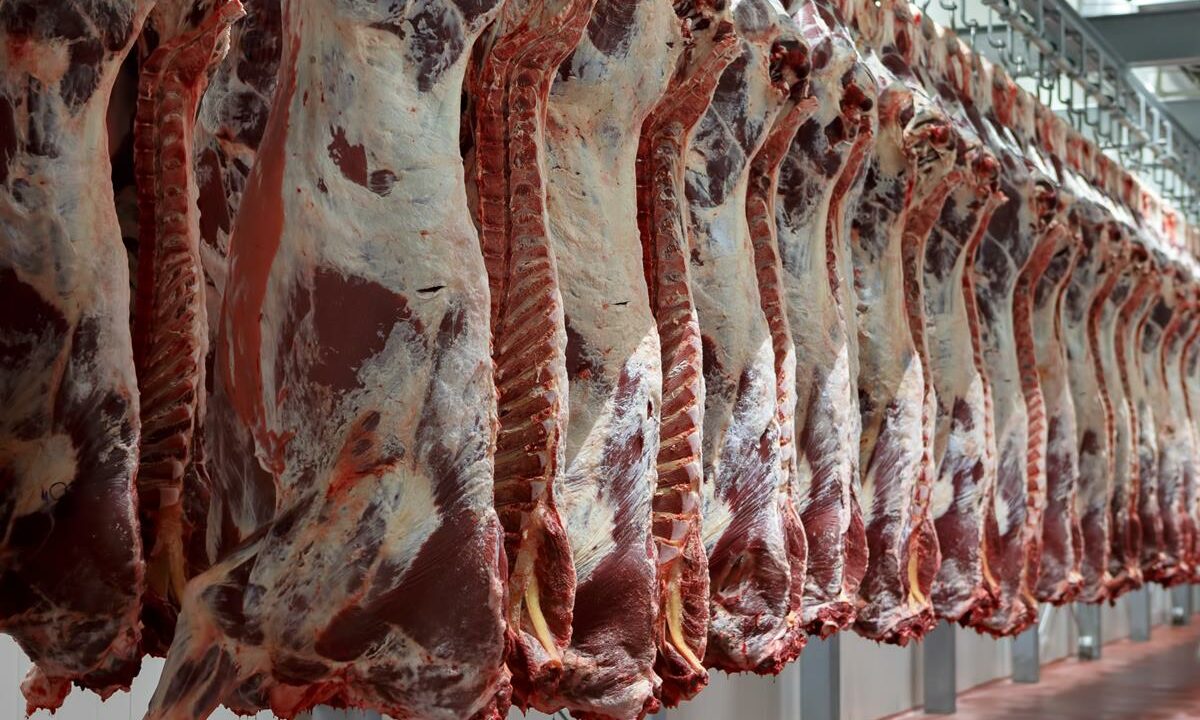The dust is beginning to settle on the much-anticipated talks held in recent days over the current state of the Irish beef industry.
These talks were a result of a national protest campaign – organised by the Beef Plan Movement (BPM) – outside the gates of some of the country’s largest beef processing facilities.
The protest, which lasted a total of 12 days and disrupted the intake of cattle supplies at 22 plants, resulted in Meat Industry Ireland (MII) agreeing to sit down with the farm organisations – after the threat of legal action – in an effort solve some of the most pressing issues.
These talks – which totaled three long days – ended after the intervention of the Minister for Agriculture, Food and the Marine, Michael Creed.
One of the major talking points at the meetings – and indeed over the past couple of years – was the Quality Payment System (QPS) grid.
In light of this, it was apparently agreed that Teagasc will review the price differentials on the grid in the short term and undertake a full review in the longer term – efforts on this front are expected to convene in mid September.
Quality assurance
In relation to the criteria for the 12c/kg in-spec Quality Assurance (QA) bonus, for now, the factories have proposed that – aligned with the grid review by Teagasc – the industry commits to reduce the 70-days residency period on the last farm to 60 days and to broaden the in-spec bonus criteria to cover O- conformation and 4+ fat class for steers and heifers.
Again, it is understood that the in-spec bonus that has been offered is contingent on a review of the grid.
Prior to this proposal, in order for an animal to qualify for the QA bonus, the animal must be under 30 months at the time of slaughter. In addition, the animal must also have a conformation score of any of the following:
- Conformation: U+, U=, U-, R+, R=, R-, O+,O=;
- Fat score: 2+,3-, 3=, 3+, 4-, 4=.
Animals – which have a maximum of four farm residencies – and which fit these requirements, and are deemed eligible, will receive the 12c/kg bonus. However, in order to qualify for this bonus, farmers must also be using a Bord Bia quality-assured processor, as well as being registered with Bord Bia under the Sustainable Beef and Lamb Assurance Scheme (SBLAS).
However, the criteria proposed will involve steers and heifers that grade O- with a fat score of 2+ to 4+, or that have a fat score of 4+ and a conformation of U+ to O-. The new proposal is highlighted in red below.
So, for the purpose of this analysis – taken from the Department of Agriculture’s beef kill database – we examine the 2018 Irish beef kill, where some 1,788,355 young bulls, aged bulls, steers, cows and heifers were slaughtered.
Of this figure, 669,068 were steers and 487,063 were heifers. If we look at the steer category first, 13.8% or 92,331 head of these graded O- and would qualify to the above requirements and would be eligible for the proposed new approach.
Furthermore, 1.8% of the steers had a fat score of 4+; this amounted to 12,043 head. If we take – for example – a steer with a conformation of O- and a fat score of 4+, the national average carcass weight for this grade in 2018 was 359kg.
Moving to heifers, some 487,063 heifers were slaughtered in 2018; 8.2% of these graded O- and amounted to 39,939 head, while 6.3% (30,685 head) fell into the 4+ fat class.
Again, taking an O-, 4+, the 2018 national average carcass weight for a heifer with this grade was 285kg. So, this animal could be worth an additional €34.20/head (2018 figures).
In total, if this addition was made in 2018, some 175,000 steers and heifers would have qualified for an extra 12c/kg.
At the final meeting last night – which went on into the early hours of the morning – Bord Bia outlined that this could allow for up to an additional 200,000 steers and heifers to qualify for a QA bonus.
While farm organisations are adamant that nothing has been agreed as of yet, this new QA bonus structure – if introduced – will definitely benefit plainer-quality cattle into the future.


